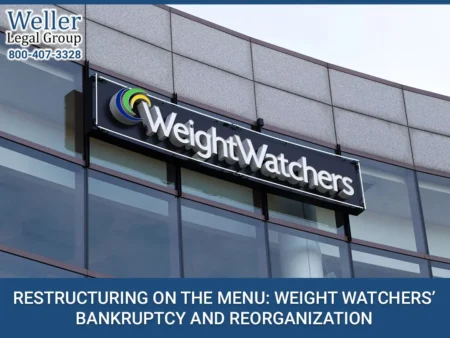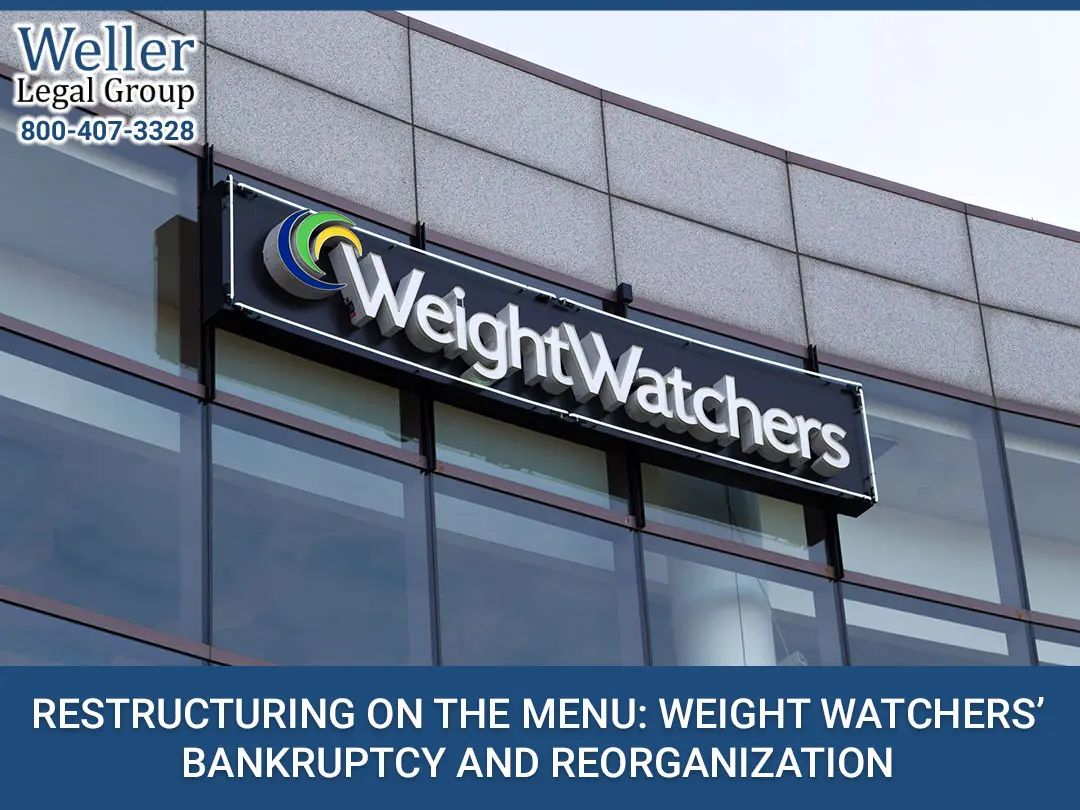
Weight Watchers, now branded as WW International, has long been one of the most recognizable names in the health and wellness industry. Recently, however, the company announced that it had filed for bankruptcy protection due to a heavy debt burden. This decision has raised many questions for consumers, creditors, and those who follow corporate restructuring. To help provide clarity, this article addresses the most frequently asked questions about Weight Watchers’ financial challenges and its path forward. For readers in Tampa seeking guidance from a bankruptcy attorney, this case also highlights valuable lessons about debt management and the legal protections available through the bankruptcy process.
Why did Weight Watchers file for bankruptcy?
Weight Watchers filed for bankruptcy because it had too much debt to handle. Over time, the business grew to include digital subscriptions, partnerships, and purchases. These changes were meant to make the brand more modern, but the costs and debt grew faster than the revenue. A decline in traditional program memberships and increased competition in the wellness and nutrition sectors further strained the company’s financial stability. Instead of going out of business, bankruptcy provides the company with time to reorganize and communicate with its creditors.
What does bankruptcy mean for Weight Watchers’ operations?
Just because a business files for bankruptcy doesn’t mean it’s going out of business. Weight Watchers wants to keep running while it works on its restructuring plan in this case. The bankruptcy process is overseen by the courts, which allows the company to continue operating while it addresses its debts. The brand will retain its programs, digital products, and partnerships but will focus more on reducing costs and making services easier to use.
What type of bankruptcy did Weight Watchers pursue?
Individuals and businesses can file for bankruptcy under different parts of the Bankruptcy Code. Chapter 11 is the most common part for big companies to file under. Chapter 11 allows a business to reorganize its debts with the help of the court while continuing to operate its business. It is intended to provide businesses with time to renegotiate contracts, settle new debt terms, and develop a long-term recovery plan. Weight Watchers’ filing follows this pattern, with the goal of reducing debt and positioning itself better to compete in a crowded market.
How will creditors be affected?
In a Chapter 11 case, creditors may have their repayment terms modified or even reduced in some instances. The bankruptcy court will oversee the negotiations to determine how to allocate the available resources. Secured creditors typically have priority, while unsecured creditors may only recover a portion of what they are owed. This means that lenders and business partners may have to agree to new terms that are more in line with Weight Watchers’ expected revenues.
Will customers see changes to the program?
People who are in Weight Watchers programs may not see any immediate effects from the company’s bankruptcy filing. The business has stated that it plans to continue offering services such as coaching, mobile apps, and dietary advice. However, restructuring often requires changes to be made. As the company works to cut costs by making its operations more efficient, customers may notice changes in subscription options, prices, or the way services are delivered.
Why does reorganization sometimes succeed and sometimes fail?
Reorganization under Chapter 11 can be effective if a business has a clear plan to pay off its debts, reduce its costs, and generate revenue again. It could fail if the main business model fails to generate revenue or if competition continues to erode its market share. For Weight Watchers, a lot depends on how well the company adapts to meet the needs of its customers. This is especially true now that many people are using digital wellness apps and personalized fitness programs.
Why do some debts cost more to handle in bankruptcy?
In bankruptcy, not all debts are treated the same. Some debts are more expensive because assets secure them or involve contracts that are difficult to modify. For Weight Watchers, some leases, technology investments, and licensing agreements may be harder to settle than others. This shows that bankruptcy is not merely about eliminating debt; it’s also about restructuring obligations in a manner that maintains their viability in the long term.
What can individuals learn from this case?
Weight Watchers’ bankruptcy is a reminder that even large, well-known companies can encounter financial difficulties. The lesson for people is that debt can accumulate quickly and may require legal assistance to resolve. People shouldn’t see filing for bankruptcy as a failure; instead, they should see it as a way to get back on track. Individuals might choose Chapter 7 or Chapter 13 instead of Chapter 11, depending on their situation. Obtaining legal advice early is generally the most effective way to achieve a favorable outcome.
Weight Watchers’ bankruptcy demonstrates the challenges that even established brands can face when debt becomes unmanageable. For those in Tampa who may be facing similar financial difficulties, Weller Legal Group is available to provide guidance and support throughout the bankruptcy process. Speaking with a Tampa bankruptcy attorney can help individuals understand their options, protect their assets, and begin the path toward financial recovery.
Picture Credit: Depositphotos


